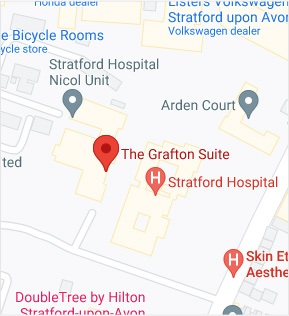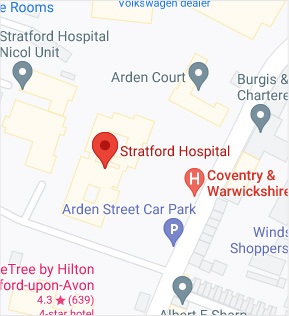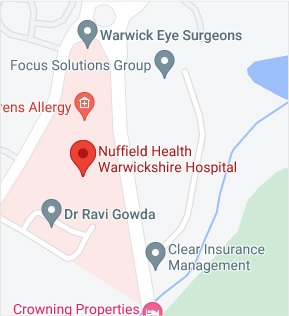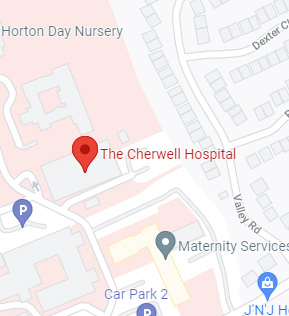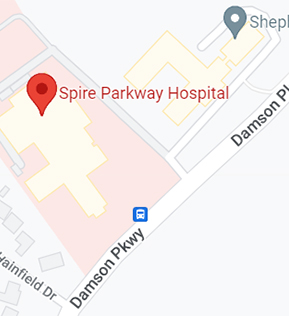Anatomy of the Hand
The hands are made up of 27 bones, which are grouped into carpals, metacarpals and phalanges. Each bone is separated by the articular cartilage, which helps provide smooth gliding movements of the fingers.
What is Arthritis of the Fingers?
Arthritis develops when the cartilage wears-out, resulting in pain, stiffness and inflammation in the joints. Arthritis can affect any joint in the body, but the most commonly affected joints are the small joints of the fingers.
Finger joint fusion is a surgical procedure to remove the damaged bony ends of a finger joint followed by insertion of a prosthesis to fuse the bones back together. Finger joint fusion is performed to relieve arthritis pain in the fingers.
Finger Joint Fusion Procedure
Finger joint fusion is performed under local or general anaesthesia and usually takes about 2 hours to complete. A cut is made over the back of the finger joint, and the soft tissues and nerves are carefully moved aside to expose the damaged joint. The damaged articular cartilage on the end of the bones is removed. Next, a hollow is created in the bones and prepared to accept the prosthesis. The prosthesis is then inserted into the hollowed ends of the bones, ensuring a snug fit. A ligament nearby is then wrapped around the prosthesis to provide even more stability. The soft tissues are then stitched back together, and the hand is placed in a cast until the bone is fully healed.
Postoperative Care following Finger Joint Fusion
Following finger joint fusion, your hand will be placed in a cast for six weeks to allow the fusion time to heal. You will be instructed to keep your arm propped up to avoid throbbing and swelling. You will be prescribed medication to control any pain and discomfort. A follow-up appointment will be made with your surgeon five to seven days after the surgery to assess your progress.
Your surgeon will order physical or occupational therapy to help in your recovery. You will start with heat, massage and other hands-on therapies to reduce pain and muscle spasm. Following this, you will be started off on range-of-motion and strengthening exercises.
Risks and Complications of Finger Joint Fusion
As with any major surgery, there are potential risks involved. Some of the risks and complications following artificial finger joint fusion include infection, nerve damage or non-union (failure of healing) of the finger joints. If joint movement from a non-union causes pain, another surgery would be needed to completely fuse the bones.


 REQUEST AN APPOINTMENT
REQUEST AN APPOINTMENT



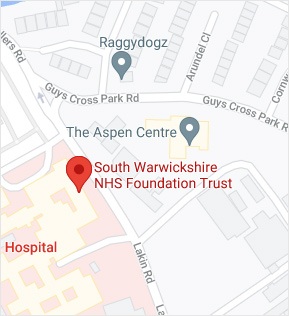
 Ext 4798
Ext 4798